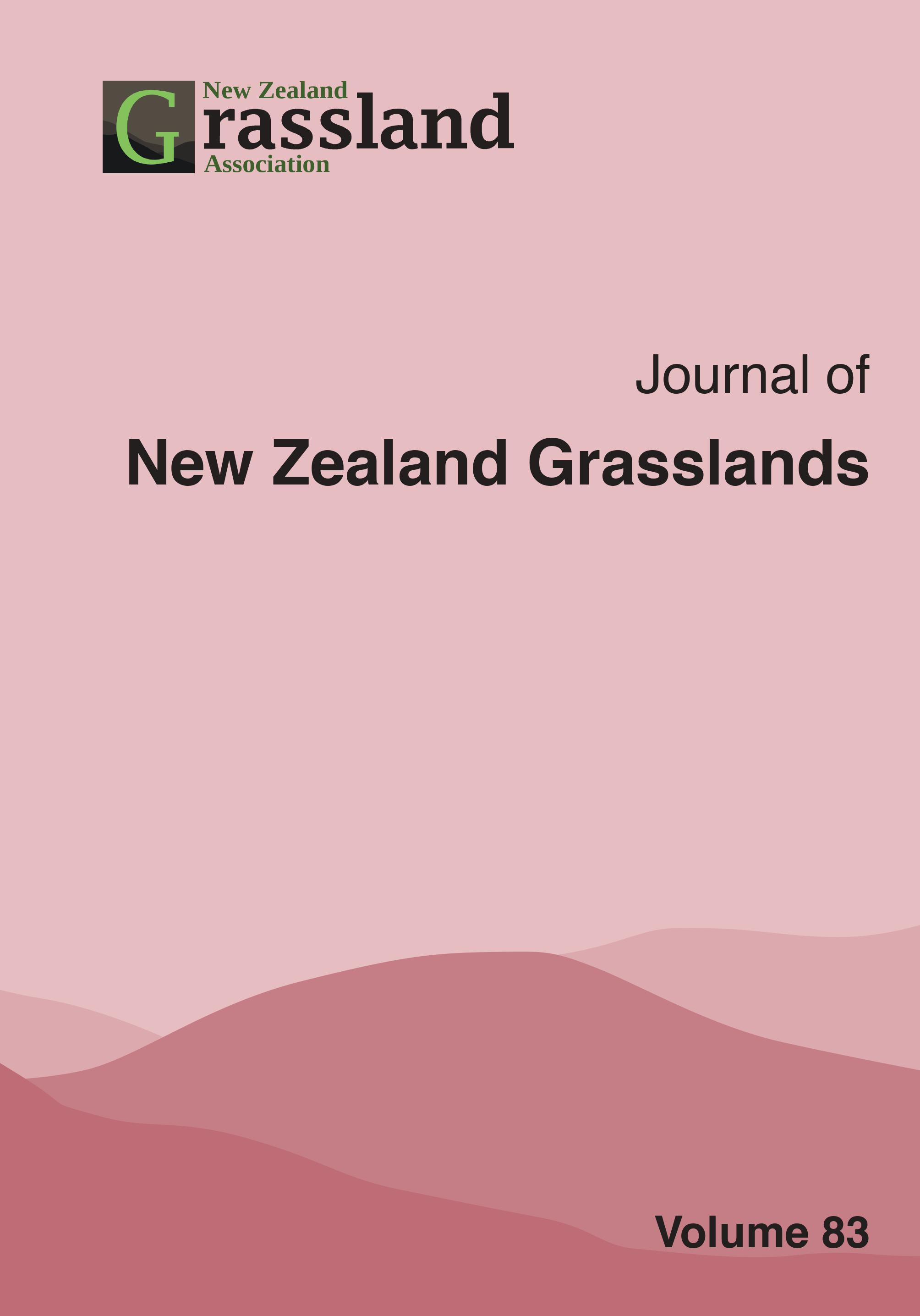Forecasting the genetic and economic impacts of genomic selection in perennial ryegrass
DOI:
https://doi.org/10.33584/jnzg.2021.83.3510Abstract
Simulation offers a way to explore questions about implementation, value and impacts of various breeding methodologies for pasture species in New Zealand (NZ). We present genetic modelling and farm system-based economic simulations demonstrating the potential of genomic selection (GS) and high-throughput phenotyping (HTP) to improve breeding outcomes in perennial ryegrass, and assess the potential value for farmers. Predicted genetic gain (∆G) from half-sibling family selection without GS ranged up to 4.9% per cycle, depending on selection pressure. Including GS for within-family selection, ∆G ranged up to 7.6% per cycle. Across 12 scenarios tested for a single cycle, increasing ∆G per cycle doubled cost-efficiency per unit gain, even though cost per cycle increased. Simulation of 10 cycles of selection within a population with and without GS showed higher levels of ∆G were maintained over multiple cycles for GS. Farm system-based economic analysis, focused on agronomic traits, indicated full commercialisation of GS and HTP technology harnessing increased ∆G in 2026 creates new value rising by 2040 to a range of $74M - $221M per annum for NZ red meat farmers, and $399M to $1,260M per annum for dairy farmers in NZ and Australia. This study indicated incorporating GS in pasture plant breeding can increase the rate and cost-efficiency of genetic improvement, with pasture performance and sector economic benefits realised through the value chain.
Downloads
Downloads
Published
How to Cite
License

This work is licensed under a Creative Commons Attribution-ShareAlike 4.0 International License.
Copyright
This work is licensed under a Creative Commons Attribution-Non Commercial-NoDerivatives 4.0 International License. Rights granted to the New Zealand Grassland Association through this agreement are non-exclusive. You are free to publish the work(s) elsewhere and no ownership is assumed by the NZGA when storing or curating an electronic version of the work(s). The author(s) will receive no monetary return from the Association for the use of material contained in the manuscript. If I am one of several co-authors, I hereby confirm that I am authorized by my co-authors to grant this Licence as their agent on their behalf. For the avoidance of doubt, this includes the rights to supply the article in electronic and online forms and systems.




